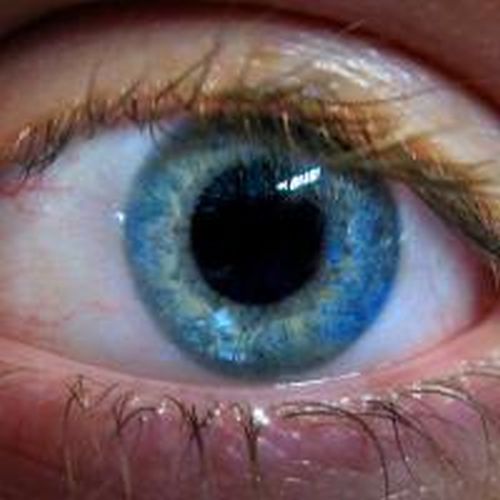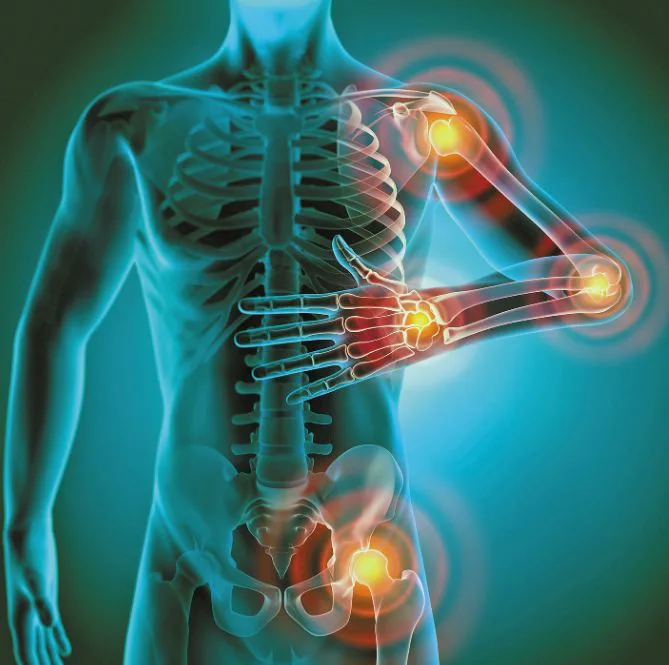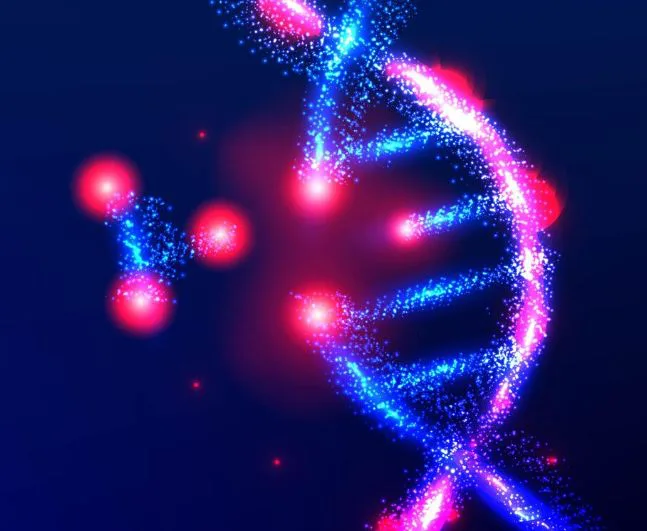For the first time a team of scientists from UK has pioneered in printing the eye cell taken from the adult eye using the new inkjet printing technology. Earlier scientists were able to print embryonic stem cells but could not create the delicate adult cells. Using the technology scientists now hope to fabricate tissue grafts made up of different cells taken from the retina of adult human eye to cure blindness or to create any replacement for damaged part or organ.
Researchers from the University of Cambridge, England separated ganglion and glial cells types from the retina of an adult rat. The ganglion cells is the one transmitting the signals to brain received from the eye and glial cells support neurons and even protect them. These two types of cells were then made to pass through piezoelectric inkjet printer to check if the printed cells could survive. The printed cells were found to flourish well in cultures and were in good state of health.
Keith Martin and Dr Barbara Lorber, researchers from the John van Geest Centre for Brain Repair, University of Cambridge, said that for the first time mature cells extracted from the central nervous system has been printed using the technology. The retina is a complex structure where positioning of the cells is very critical for effective visual and the loss of these cells may lead to blindness or many other blinding diseases. However, this is only an elementary step towards developing a technology to repair retinal cells and a lot of research is still to be done. The potential to align cells in particular arrangement, bio-medical scientist has increased the use of 3D printing in building cell based structures for the use in constructive medicine.
The team used piezoelectric inkjet printer to discharge both the type of cells through a nozzle. The nozzle measured less than one-millimeter in diameter and could ooze out 100 cells per second. The printing process was recorded using a high speed video recording for the research and improving the process appropriately. The act is very crucial as the injected fluid has a very narrow range for any error in terms of viscosity and surface tension. And adding cells to this fluid further perplex its properties notably. The printed cell underwent series of tests to check the total number of cells that could stand up to the process and to check their growth.
Now the team are trying to broaden the 3D printing technology to print photo-receptors and other retinal cells derived from the eye. And to develop the process to be used successfully in commercial multi-nozzle print head. We may hope that the technology could very soon start treating the defects.
Source: Medical Xpress




